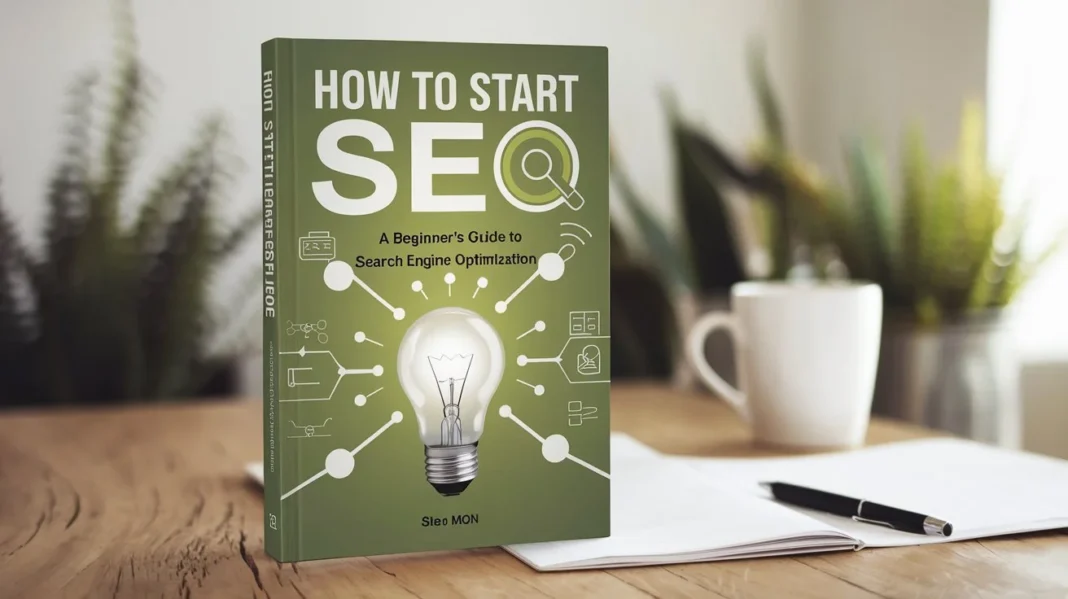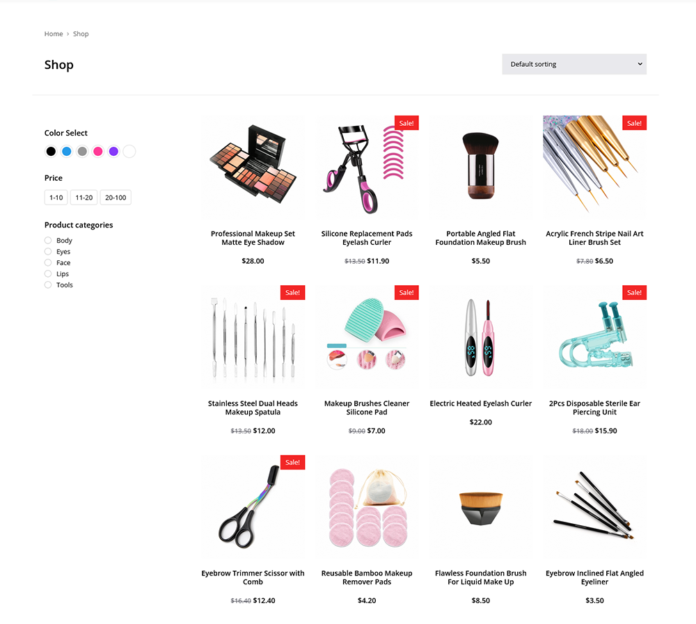Search Engine Optimization (SEO) is a critical skill for anyone looking to improve their online presence, whether you’re running a business, managing a blog, or simply trying to grow your personal brand. SEO helps your website rank higher on search engines like Google, driving more organic traffic and increasing visibility. If you’re wondering how to start with SEO, this guide will walk you through the basics and provide actionable steps to get you started.
What is SEO and Why is it Important?
SEO stands for Search Engine Optimization. It’s the process of optimizing your website and its content to rank higher on search engine results pages (SERPs). When your site ranks higher, it becomes more visible to users searching for relevant keywords, which can lead to increased traffic, engagement, and conversions.
Why SEO Matters:
- Increased Visibility: Higher rankings mean more people will find your website.
- Cost-Effective Marketing: Unlike paid ads, organic traffic from SEO is free.
- Builds Credibility: Websites that rank well are often perceived as more trustworthy.
- Long-Term Results: SEO efforts can continue to drive traffic long after the initial work is done.
How to Start with SEO: Step-by-Step Guide
Starting with SEO may seem overwhelming, but by breaking it down into manageable steps, you can build a strong foundation. Here’s how to get started:
1. Understand How Search Engines Work
Before diving into SEO, it’s essential to understand how search engines like Google operate. Search engines use bots to crawl websites, index their content, and rank them based on various factors like relevance, authority, and user experience. Your goal is to make your website as search-engine-friendly as possible.
2. Conduct Keyword Research
Keywords are the foundation of SEO. These are the terms and phrases users type into search engines when looking for information. To start:
- Use tools like Google Keyword Planner, Ahrefs, or SEMrush to find relevant keywords.
- Focus on long-tail keywords (e.g., “how to start with SEO for beginners”) as they are less competitive and more specific.
- Analyze your competitors to see which keywords they are targeting.
3. Optimize Your Website’s On-Page SEO
On-page SEO refers to optimizing individual pages on your website to rank higher. Key elements include:
- Title Tags: Include your primary keyword in the title tag of each page.
- Meta Descriptions: Write compelling meta descriptions that encourage users to click.
- Headings (H1, H2, H3): Use headings to structure your content and include keywords.
- URL Structure: Keep URLs short, descriptive, and keyword-rich.
- Image Alt Text: Add alt text to images to improve accessibility and SEO.
4. Create High-Quality Content
Content is king in SEO. Search engines prioritize websites that provide valuable, relevant, and engaging content. To create SEO-friendly content:
- Write for your audience first, and search engines second.
- Use keywords naturally and avoid keyword stuffing.
- Include multimedia like images, videos, and infographics to enhance user engagement.
- Regularly update your content to keep it fresh and relevant.
5. Build a Mobile-Friendly Website
With most users accessing the internet via mobile devices, having a mobile-friendly website is crucial. Google also uses mobile-first indexing, meaning it primarily uses the mobile version of your site for ranking. Ensure your website is responsive and loads quickly on all devices.
6. Focus on Technical SEO
Technical SEO involves optimizing the backend of your website to improve its performance and crawlability. Key aspects include:
- Site Speed: Use tools like Google PageSpeed Insights to identify and fix speed issues.
- XML Sitemap: Create and submit an XML sitemap to help search engines index your site.
- Robots.txt: Use this file to control which pages search engines can crawl.
- Fix Broken Links: Regularly check for and fix broken links on your site.
7. Build Backlinks
Backlinks (links from other websites to yours) are a critical ranking factor. They signal to search engines that your content is valuable and trustworthy. To build backlinks:
- Create shareable content like infographics, guides, and case studies.
- Reach out to industry blogs and websites for guest posting opportunities.
- Engage in community forums and discussions to promote your content.
8. Track Your Progress with Analytics
SEO is an ongoing process, and tracking your progress is essential. Use tools like Google Analytics and Google Search Console to monitor your website’s performance. Key metrics to track include:
- Organic traffic
- Keyword rankings
- Bounce rate
- Click-through rate (CTR)
Common SEO Mistakes to Avoid
As you learn how to start with SEO, it’s important to avoid common pitfalls:
- Keyword Stuffing: Overloading your content with keywords can harm your rankings.
- Ignoring Mobile Optimization: A non-responsive website can hurt your rankings and user experience.
- Neglecting Technical SEO: Issues like slow loading times and broken links can negatively impact your site’s performance.
- Focusing Only on Rankings: While rankings are important, focus on driving meaningful traffic and conversions.
Tools to Help You Get Started with SEO
Here are some essential tools to make your SEO journey easier:
- Google Keyword Planner: For keyword research.
- Ahrefs or SEMrush: For competitor analysis and backlink tracking.
- Google Analytics: For tracking website performance.
- Yoast SEO or Rank Math: For optimizing on-page SEO (if you’re using WordPress).
- Screaming Frog: For technical SEO audits.
Conclusion: Start Your SEO Journey Today
Learning how to start with SEO is a valuable skill that can significantly impact your online success. By following the steps outlined in this guide—conducting keyword research, optimizing your website, creating high-quality content, and tracking your progress—you’ll be well on your way to improving your search engine rankings and driving more organic traffic.
Remember, SEO is a long-term strategy, and results may take time. Stay consistent, keep learning, and adapt to the ever-changing landscape of search engine algorithms. With patience and persistence, you’ll see your efforts pay off. Happy optimizing!








